Master The Game of Poker

Master the basics of poker with our comprehensive poker guide. Regardless of whether you are a complete beginner or a seasoned player, it’s always a good idea to brush up on the basics. While there are many different poker variants, you only need to know at least one of these before trying your hand at online poker. This guide covers:
How Poker Works
There is no getting around the fact that all poker variants, from Omaha to HORSE, have their own rules and unique ways of playing. But at the core they all follow the same basic principles. In most cases, the goal is to build a poker hand that trumps that of your opponents.
Let’s start by looking at one of the simplest and most well-known variants, Texas Hold’em. Below are the five steps that make up a game.
Winning Poker Hands
Pair
5 - 5 - 2 - 7 - 4
Two of your five cards rank the same
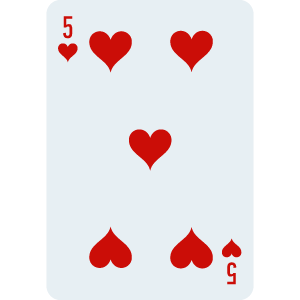
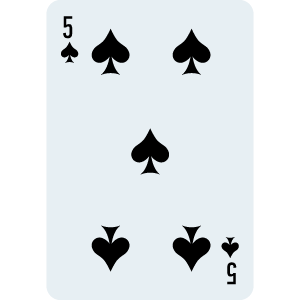
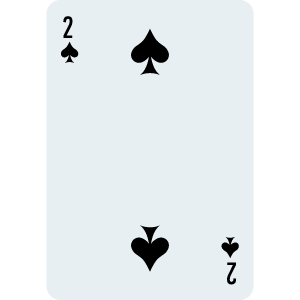
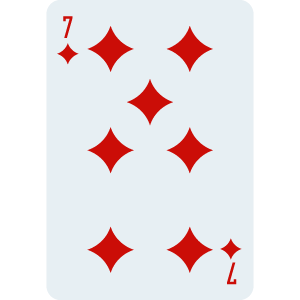
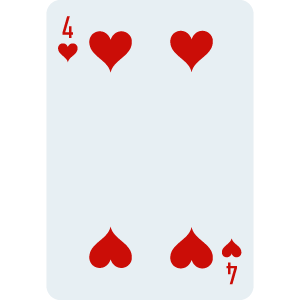
Two Pair
K - K - 2 - 6 - 6
Two same ranking cards, accompanied by another pair of same ranking cards
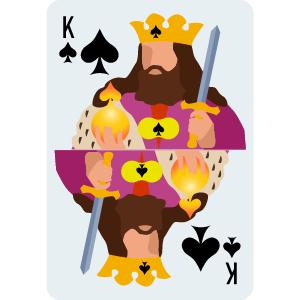
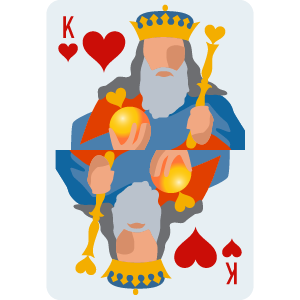

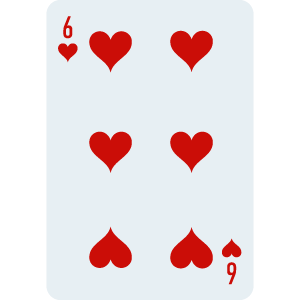
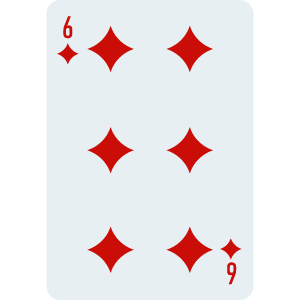
Jacks or Better
J - J - 2 - 7 - 4
A pair of either Aces, kings, Queens, or Jacks

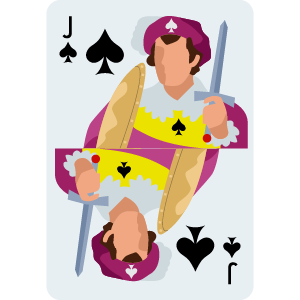

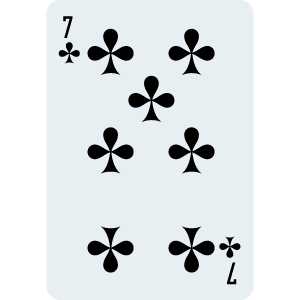

Three of A Kind
7 - 7 - 7 - 9 - 3
Three same ranking cards
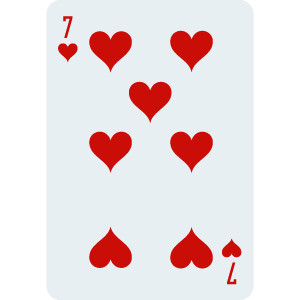


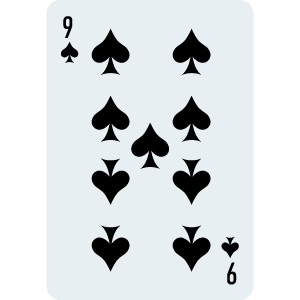
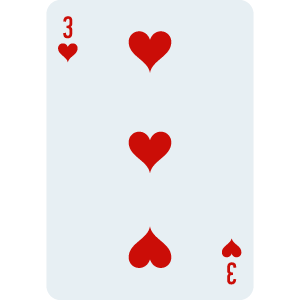
Flush
J - 10 - 4 - 6 - 3
Hand with all five cards from one suit, doesn’t have to be in sequence

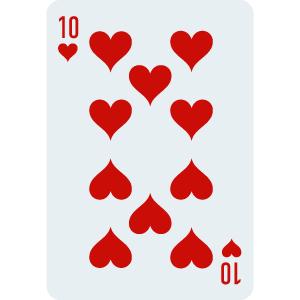



Straight
6 - 7 - 8 - 9 - 10
Five consecutive cards,not all from the same suit


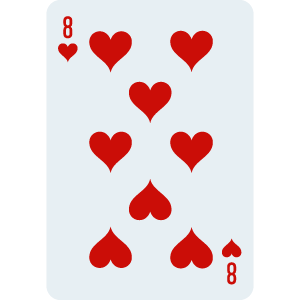
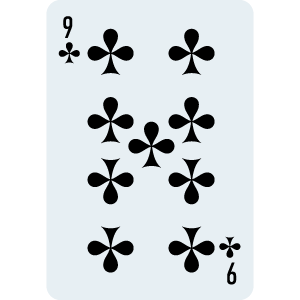
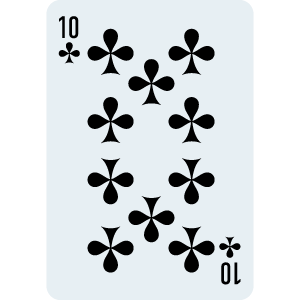
Straight Flush
Q - J - 10 - 9 - 8
Five consecutive cards, all from the same suit
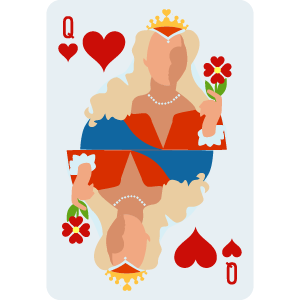


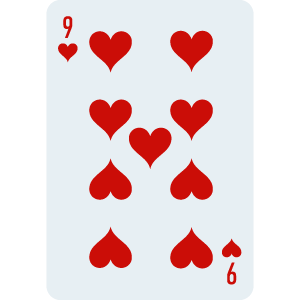

Four of A Kind
J - J - J - J - 3
Four of your five cards rank the same

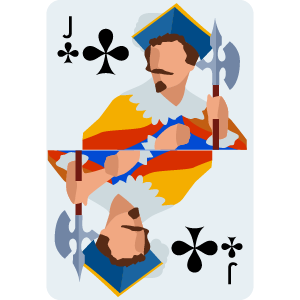



Full House
J - J - 5 - 5 - 5
A pair plus three of a kind





Royal Flush
A - K - Q - J - 10
10, J, Q, K, and A, all from the same suit





Playing Poker at a Land-based Casino
Playing poker at land-based casinos is much like playing with live dealers online. The main difference between the two is that the dealer is a real person, but the table setup and rules usually remain the same. Another major difference is the gameplay speed. Poker in a casino is played at quite a slower pace than online poker. Also, players can only play one table at a time, so you won’t be playing as many hands as you could online.
One advantage of playing at a land-based casino is that you will actually see your opponents. You can then pick up on their physical tells and might even be able to call their bluff. For safety, also make sure you are familiar with the casino’s rules. While the basic poker steps apply, some obscure variants may have different rules. Once you’ve covered all your bases you can start playing.
What Is a Good Starting Hand?
To improve as a poker player, you need to understand what makes a strong hand.
Trying to build a strong hand from a weak starting hand is seldom a good idea. If the odds are already against you, all this will do is shrink your bankroll. Use the information on hand strength below to guide you on when to stick it out and when to fold.
Starting Hands
Players only get two cards at the beginning of a hand, and both should be strong. This will not only make the game easier to play, but also prevent any nasty surprises. Also know that a good hand is not always good enough; it needs to be the best hand possible.
As a beginner, you can win a considerable amount just by playing micro and low stake games using a tight approach. If you have a good hand and the odds are in your favor, stick to it. But if you know that the odds are stacked against you and your opponent won’t fold, there’s no harm in calling it quits.
So, what makes a strong hand?
Strong Hand
When you are in a late position, high pairs such as 10-10, A-A, K-K, Q-Q and J-J are worth raising.
Examples of strong hands you want to raise before the flop include A-J, A-Q and A-K.These hands are also good for c-bets, which is when you raise pre-flop and follow it up with a bet on the flop.
Medium Hand
Hands of medium strength include J-10, Q-10, and K-10, as well as medium pairs such as 7-7, 8-8 and 9-9. These hands lend themselves to raising(depending on your position and the table dynamic), as well as calling during an aggressive pre-flop betting round.
Marginal Hands
Lastly, you get marginal hands like A-9, 2-2 and 3-3, which are good for calling preflop if you occupy a late position. With a hand like this you can start off by hitting three of a kind on the flop, followed by more aggressive play.
The remarkable thing about online poker is that no two tables are the same. You can always switch up a tight table by expanding the range of your starting hand. But most beginners find games with strong starting hands sensible or even dry to start off with.
Some Basic Poker Rules
Besides the basic game process, there are also some other basic poker rules you need to know before you start playing online for real money. These rules are listed below and may differ between variants:
Blinds
Most poker variants have small and big blinds. Blinds are mandatory bets that two players need to place on every hand, which then increases the value of the pot. This is typical of poker and cannot be avoided.
Decks
All poker variants use a single deck of cards.This prevents players from ending up with hands consisting of 5 of a kind. Furthermore, burning and shuffling prevents players from being able to predict the cards that will be dealt next.
Rake
The percentage of the pot that the casino gets. This normally ranges from 3-10% and is typical of land-based casinos.
Chips
Different online casinos provide players with different numbers of chips when they join a table. This number depends on whether you’re playing in a tournament or the table’s limits. Familiarize yourself with this information beforehand so you don’t get any surprises.
Players
The number of players at a poker table varies from casino to casino. While it is possible for more than 20 people to play at one Texas Hold’em table, most casinos limit it to 10. This is because tables of more than 10 take too long to play out.
Cards
The number of cards that are dealt differs between variants. So, make sure you know the rules of your chosen variant before you start playing.
Pot Odds Explained
The pot odds are the ratio of the pot’s current value to the cost of your bet. This essentially helps you decide if it is smart to place a bet. This decision is based on the cards you need to complete your hand.
For example, your starting hand consists of a pair of fours. Your odds of landing another 4 on the flop would be 7.5 to 1. This is the case because you only need two more cards (2 out of a deck of 52); you hold 2 and the other players two each.
If your chances of making more than the pot odds on your bet is slim,then the bet wouldn’t be worth it. So, if the pot value was $25 but you had to bet $5, the pot odds would be 5 to 1 for you, which is not enough.
Let’s look at what would happen if you made that call despite your pot odds. So, the flop (2-J-K) completely missed you, and your odds of landing that much needed 4 just went up. But because there’s a lot of action after the flop, you stand to make 10 to 1 on your bet. Because you know that your odds are now 9 to 1, you make the call.
Practice Makes Perfect
When it comes to playing poker online, knowledge is power. In this guide we looked at all things poker, from the most basic rules to poker hand rankings. If you’re ready to start practicing before you hit the real money games or read up on different poker variants, visit the pages listed below. Enjoy!

Fact-checked by Reza Shojaei
Reza Shojaei has carefully checked and verified all casino details on this page, ensuring accuracy and reliability. As a casino expert, published author, and Head of CasinoTop.com, Reza brings extensive knowledge of the gambling industry, covering trends, regulations, and player insights. His expertise guarantees trustworthy information, helping players make confident and well-informed decisions in the casino market.
Affiliate disclosure: This site contains affiliate links, and we may earn a commission when you sign up or deposit. Learn more about how we are funded. By using this site, you agree to our terms and conditions and privacy policy. Play responsibly.
